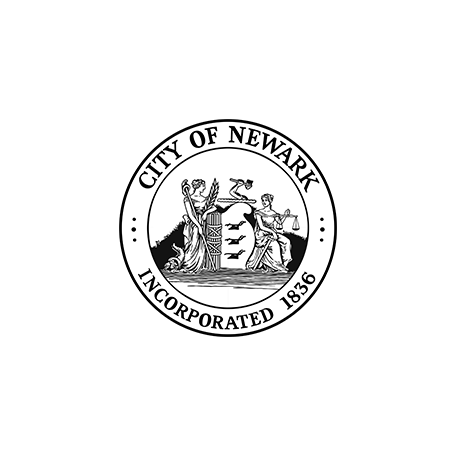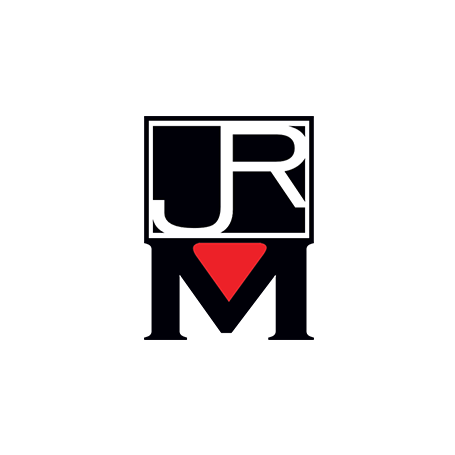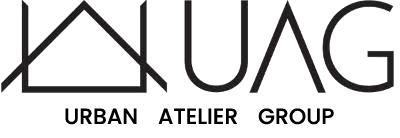Call us at +1 (917)-745-6877 for more info or click here
Construction is a dangerous occupation for many reasons. As a construction worker, you’re at risk of dangers like the fatal four, all sorts of exposures, and harsh weather. All of these things can have a negative effect on your physical and mental health.
Mental health in construction isn’t talked about enough, yet is a significant safety risk and crisis. It’s even been dubbed the ‘silent killer’ because, poor mental health can lead to depression and even worse suicide. Mental health in construction is indeed a significant safety risk and a crisis we have to deal with.
Here, we’ll discuss the rate of suicide and depression in the construction industry and some of the causes. We’ll also cover some preventative measures construction managers and supervisors can implement to create a safe and open jobsite.
In general, workplace mental health issues are increasing every year – especially as we are slowly recovering from the Covid-19 pandemic. Job security, jobsite safety, freedom, and profitability changed drastically worldwide. Jobs are hard to come by, and many businesses have or are closing down. This is one of the main driving forces making an impact on stress levels and mental health.
This is particularly relevant in construction. In a job that is already so demanding and full of safety stressors, job security is yet another thing to worry about. Sometimes, improper stress management leads to depression. Depression is a serious illness and is at an all-time high, leading to suicide rates increasing exponentially too.
Statistics point to the fact that a large number of construction workers struggle in some way with a mental health issue. In fact, 60% report this.
Mental health issues can be caused by a wide range of variables. In construction these problems are not limited to but include: substance abuse, burnout, poor diet, and unrealistic expectations. However, one of the more prevalent issues is that of depression, which can ultimately lead to suicide.
The CDC reports that, of all industries, the construction industry has the highest rate of suicide – 53 suicides per every 100 000 workers, to be exact. Even though construction is considered a high-risk industry when it comes to physical safety, these 53 suicide-related deaths are actually five times higher than all other deaths in the industry combined.
The men and women who build our beautiful cities are our priority, that means their wellbeing and mental health are too. Your safety program should have an “all-in-one” approach like our SkillSignal applications. This means that your safety talks should encompass all aspects of your workers lives.
Before we get around to how to prevent and intervene, let’s look at some of the risk factors, causes, and warning signs.
There are two general kinds of causes for suicide and depression in construction workers: those that have outside influences and those that have inside influences.
Some of the ways that people can suffer other than from their work environment include genetic disposition and past trauma. These are two examples of things we cannot change, and things that HR and managers can help to treat but not prevent.
Inside influencers and factors are elements that come with the job. We’ve already spoken about how the stress of a high-pressure, high-risk environment can lead to depression. It can also lead to substance abuse, which in itself very often results in dependence and depression. It’s also true that a lack of job security and financial instability can lead to depression.
What’s more, men have a higher suicide rate than women and the vast majority of construction workers are men.
Men are also less likely to seek help for mental health issues due to stigmatization. As a result, they’re more likely to develop dangerous, dependent behaviors to deal with these issues. These behaviors can often exacerbate symptoms.
All of the above make suicide rates climb. When people feel stressed, helpless, dependent, or despondent, suicidal thoughts, and therefore rates, naturally increase to a large degree.
What we need to do as HR and construction managers, supervisors, and friends, is figure out how to prevent, intervene, and ultimately overcome this problem.
Overcoming increasing suicide rates and depression in construction workers is not an easy task. Unfortunately, as we’ve said, there are often factors outside of managers’ and HR’s control.
However, there are some things that managers and HR can do. In order to keep stressors at work and on-site to an absolute minimum, you need to focus on decreasing accident rates and increasing physical safety. This can do wonders for the mental health of your workers. A worker who feels safe and secure is a happy worker.
Another thing that is really important is to educate workers and managers on these problems. Not only can you hold mental health awareness seminars, but you can also put training in place to teach people how to deal with work and outside stress. We’ve seen tremendous reception to mental health tool box talks.
Increasing education and awareness is crucial for letting people know that they are not alone. It can also make your workers feel that they can come to their superiors for help when they need it. Many union halls have resources as well, make your workers aware of them with a gentle nudge.
Because suicide rates are high in the field, prevention and intervention are measures that construction managers and company owners need to commit themselves towards. Understanding the reasons for these problems is the first step in the process of identifying and fixing them.
Keep all of this in mind if you are noticing increased problems in mental health in your construction workers. In fact, keep it in mind even if you don’t notice these problems! It is called the silent killer for a reason, and oftentimes it is only noticed when it is already too late. Have a safety stand down on the topic at least once per year, and implement mental health tool box talks.
Logging safety issues and administering training are very important. If you’re looking for an all-in-one safety and compliance app to help you with this process, SkillSignal is here for you and all of your workers. Contact us now at: info@skillsignal.com or call us directly at: 917-745-6877 to find out how we can get started today.
Would you like to learn about Behavioral Based Safety (BBS) and how implementation can supercharge your safety efforts and compliance on site? Start with this blog post “What is Behavioral Based Safety in Construction?” and let us know what you think!
https://www.westfieldhealth.com/resources/divided-together-report
https://www.cdc.gov/media/releases/2018/p1115-Suicide-american-workers.html
https://www.cdc.gov/niosh/updates/upd-06-22-20.html
https://www.osha.gov/news/newsreleases/region7/08242021
https://constructible.trimble.com/construction-industry/mental-health-in-construction-stats
https://insulation.org/io/articles/constructions-silent-killer-suicide-in-the-construction-industry/
#constructionsafety #safetytechnology #mentalhealth #suicideprevention #construction

NEW YORK, N.Y., Sept. 13, 2018, 8 a.m., EDT -- SkillSignal LLC, a New York-based tech company founded by Sebastien de Ghellinck, released an innovative…

Today, there is no surprise that technology is paving the way for safer and enhanced practices. Similarly, like any major industry, the construction industry is…

There is a significant amount of risk for workers in the construction industry. And as such, there are loads of occupational health and safety standards…
Selected as #1 by top ENR General Contractors. Loved by thousands of Trade Contractors across the US.




















